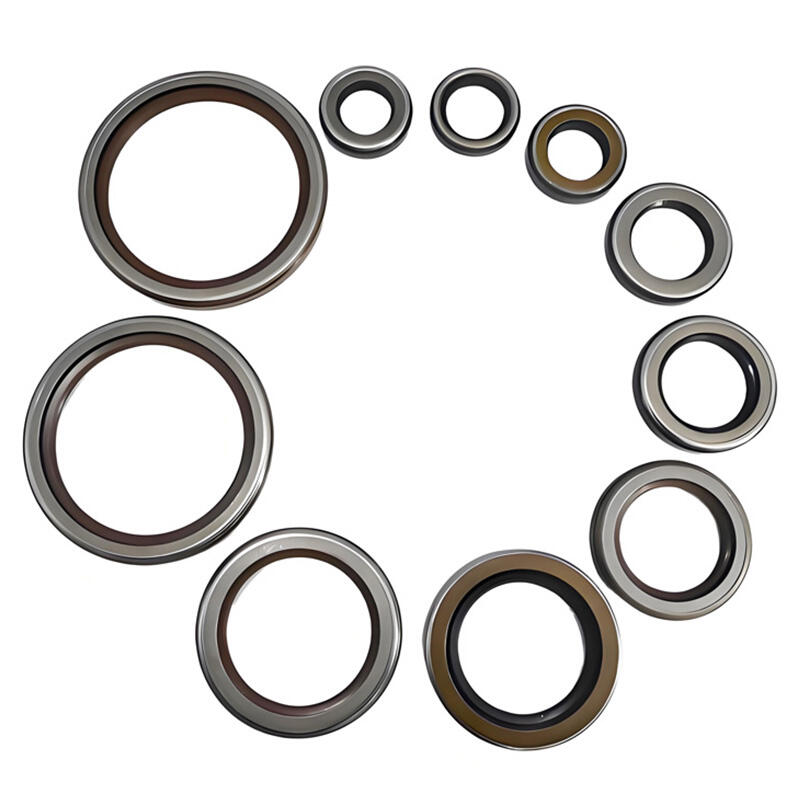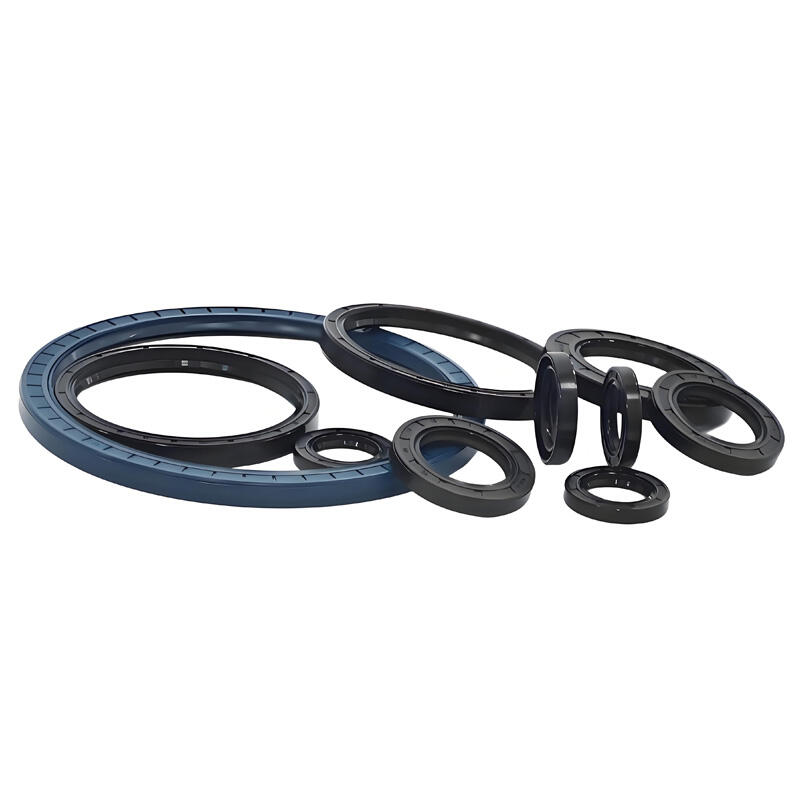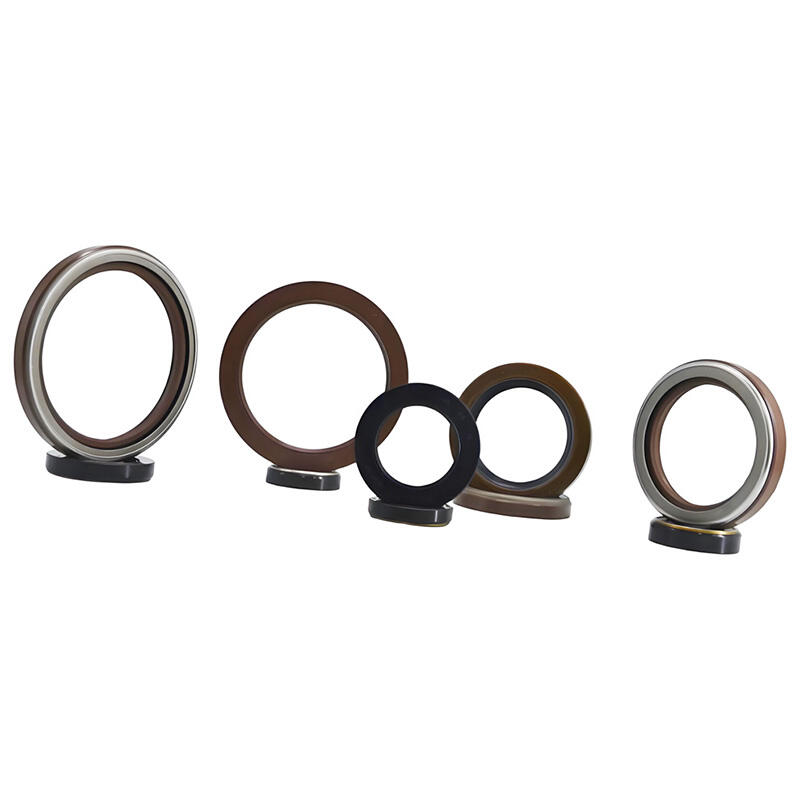high pressure seal
A high pressure seal represents a critical component in industrial machinery and equipment, engineered specifically to prevent leakage in systems operating under extreme pressure conditions. These specialized seals are manufactured using advanced materials and precision engineering techniques to maintain their integrity in challenging environments where standard seals would fail. The design incorporates multiple barriers and specific geometries that work together to create an impenetrable boundary between high pressure areas and the external environment. The seal's construction typically features reinforced elastomers or thermoplastics, often combined with metal components for enhanced durability. These seals are essential in various applications, including hydraulic systems, oil and gas equipment, chemical processing plants, and high pressure pumping operations. They function by maintaining contact pressure proportional to the system pressure, ensuring that higher system pressures result in tighter sealing. Modern high pressure seals often incorporate smart design features such as pressure energized lips, anti extrusion rings, and backup rings to enhance their performance and longevity. The technology behind these seals continues to evolve, with manufacturers developing new materials and designs to meet increasingly demanding industrial requirements.


